The Getty family's story with "all the money in the world"
A family like no other

Some call it the Getty Curse.
With a vast fortune built on oil wealth, the Getty family seemed to have it all. But their history has also been one of tragedy, including kidnapping, drug addiction and early deaths – not to mention legal battles, affairs and acrimonious divorces.
Read on to discover the incredible story of the family with "all the money in the world".
All dollar amounts in US dollars
The patriarch
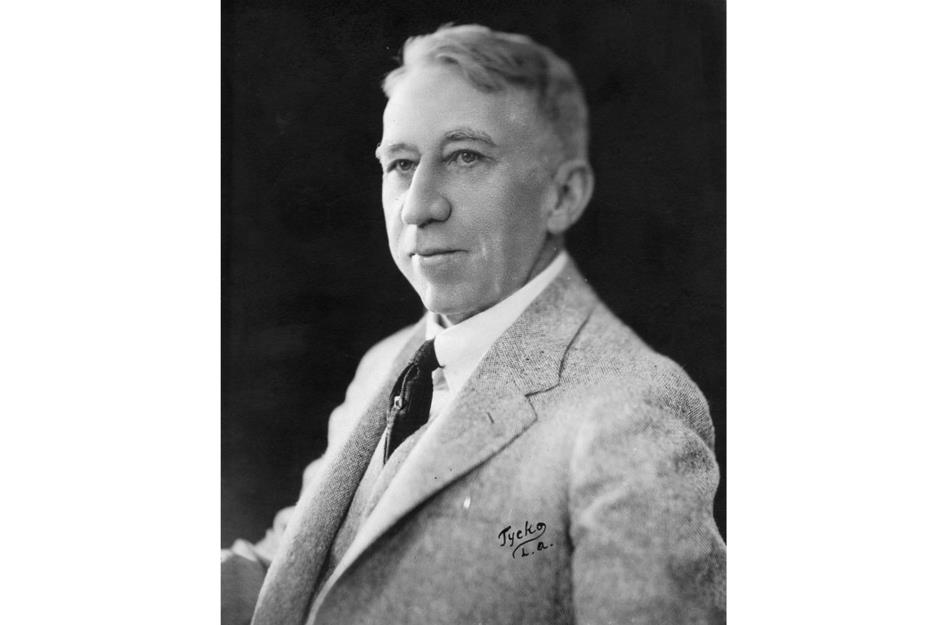
The most famous Getty family member, Jean Paul Getty – more commonly known as J. Paul – once said that “it pays to be born at the right time”. His own life began on 15 December 1892 in Minneapolis, Minnesota, as the only child of dynasty Patriarch George Franklin Getty (pictured) and his wife Sarah.
J. Paul’s father was a teetotal Methodist. He was also an affluent lawyer who made a tidy income practising corporate and insurance law in the booming Midwestern city. Thanks to this, the younger Getty enjoyed a privileged upbringing. But this was just the start…
Birth of the family fortune

In 1903, George Getty had the foresight to get into the oil industry. He headed to Oklahoma, where he founded the Minnehoma Oil Company. Oil was in its infancy and Oklahoma was right at the heart of it, soon to become the largest producer in the United States.
The Getty Patriarch was onto a winner. In the space of just two years, he’d made enough money to move his family to a splendid mansion in Los Angeles. His son J. Paul began his teenage years as part of a seriously rich family.
Academic excellence
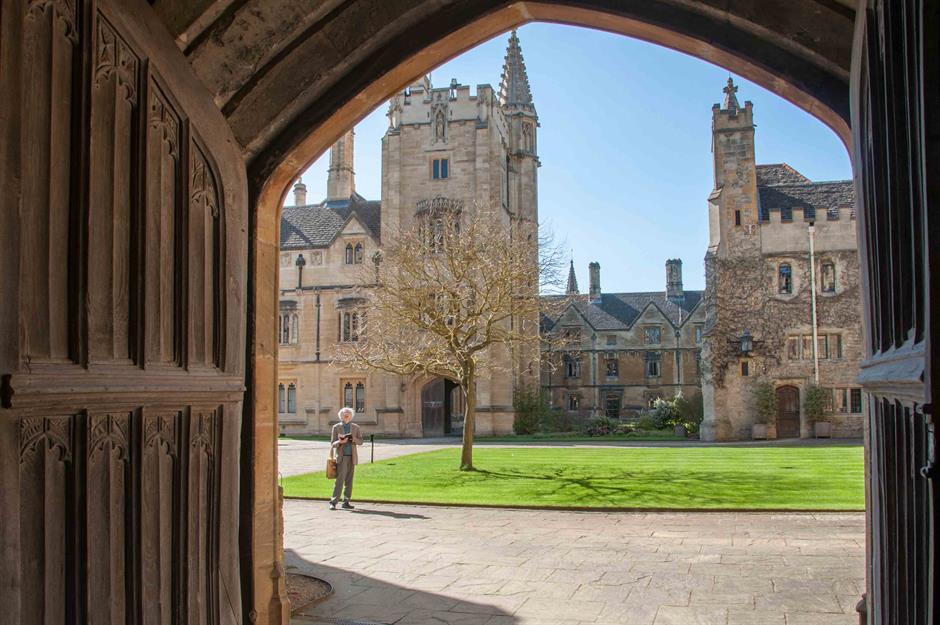
A gifted high school student, J. Paul went on to study at California's finest colleges and even had a stint at the UK's prestigious Oxford University, making friends there with the future British King Edward VIII, who was then Prince of Wales.
Graduating from Magdalen College, Oxford (pictured) with a diploma in political science and economics in 1914, the future billionaire had a solid knowledge of finances and commerce and was fluent in several languages. On top of this, he’d acquired reading proficiency in Latin and ancient Greek thanks to a love of classical antiquity. And he soon learned quite a lot about petroleum geology to boot...
Starting out

By September 1914, J. Paul was back in the United States, super-driven and determined to make his very own fortune. His father, George Franklin, was now a multi-millionaire and loaned him some money to buy up drilling leases in Oklahoma's "Red-Beds" region.
In those days, it was believed this region contained little if any oil, but Getty, as well as his father, thought otherwise. He was able to buy the concessions at rock-bottom prices, and when oil was indeed proven beneath the red dirt ground, he sold them again at massively inflated prices.
First million
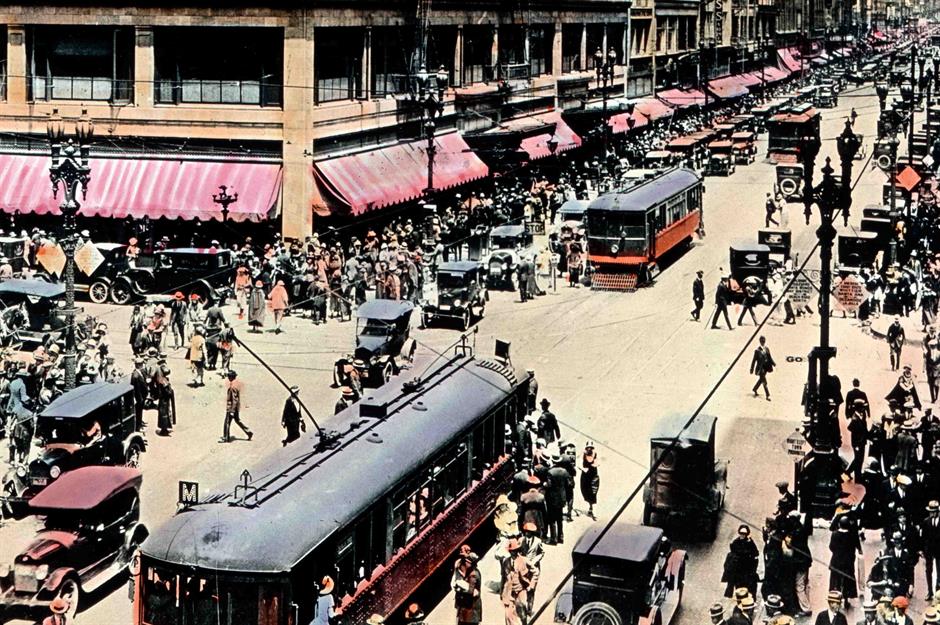
As early as June 1916, J. Paul had made his first million dollars, the equivalent of an impressive $29 million (£23m) in today's money. He was just 23 years old. Flush with cash, the young oil tycoon moved back to Los Angeles, where he enjoyed a playboy lifestyle for several years, much to the disgust of his Christian father.
He returned to Oklahoma in 1919 and picked up where he left off: acquiring and holding on to the most productive oil wells and selling others at a profit. During the 1920s, the magnate with the Midas touch honed his money-making talents, adding a further $3 million to his fortune, the equivalent of around $54 million (£43m) in today's money.
Young wives and first child
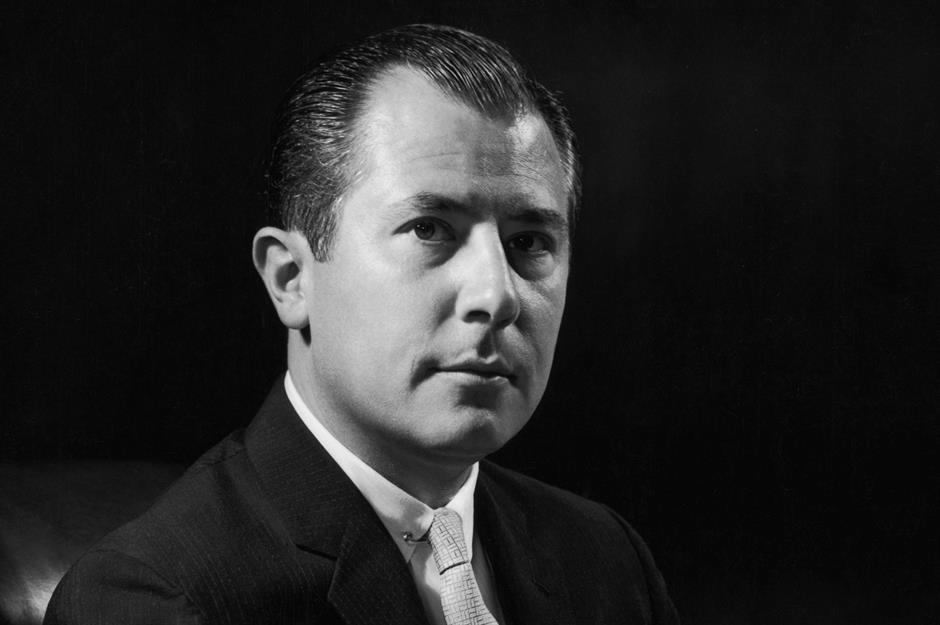
J. Paul had a penchant for much younger women. In 1923, he married 18-year-old Jeannette Dumont at a secret ceremony in Mexico, only telling his parents after the event. Jeannette gave birth to their first son George Franklin II (pictured) a year later. However, the marriage didn't last and by 1926, J. Paul had tied the knot with another woman, Allene Ashby. That marriage was doomed too. The couple divorced in 1928 and he married his third wife, 17-year-old Adolphine Helmle, that same year. Their son, Jean Ronald, was born in 1929.
With three marriages in five years, J. Paul was, by his own later admission, a far from ideal husband. As suggested by his Los Angeles playboy years, he was a notorious womaniser. By the time of his death, he’d had no fewer than five wives and countless lovers.
Workaholic
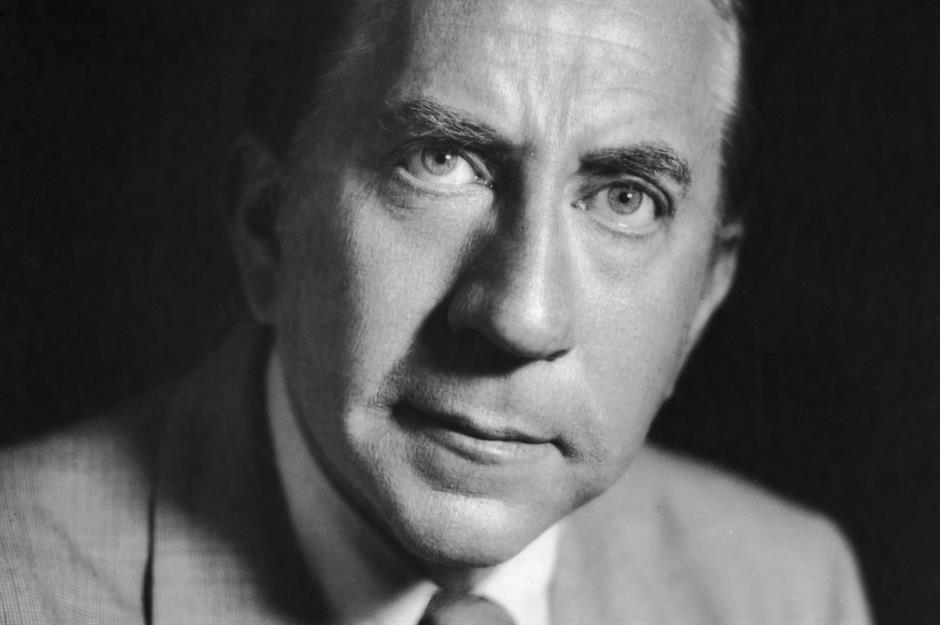
Another thing that explains his ill-fated marriages is that J. Paul prioritised work over his wives and families, spending very little time with them. The oil mogul would routinely work 18-hour days and toil away at weekends and even on holiday.
“I sacrificed a lot of leisure” he told the BBC in 1963, adding that it was hard for a woman to have to compete with important business. In a rare moment of emotional candour, he also once wrote that he hated and regretted his marital failures and that he would gladly trade his wealth for just one lasting success. But it was never to be.
Parental disappointment
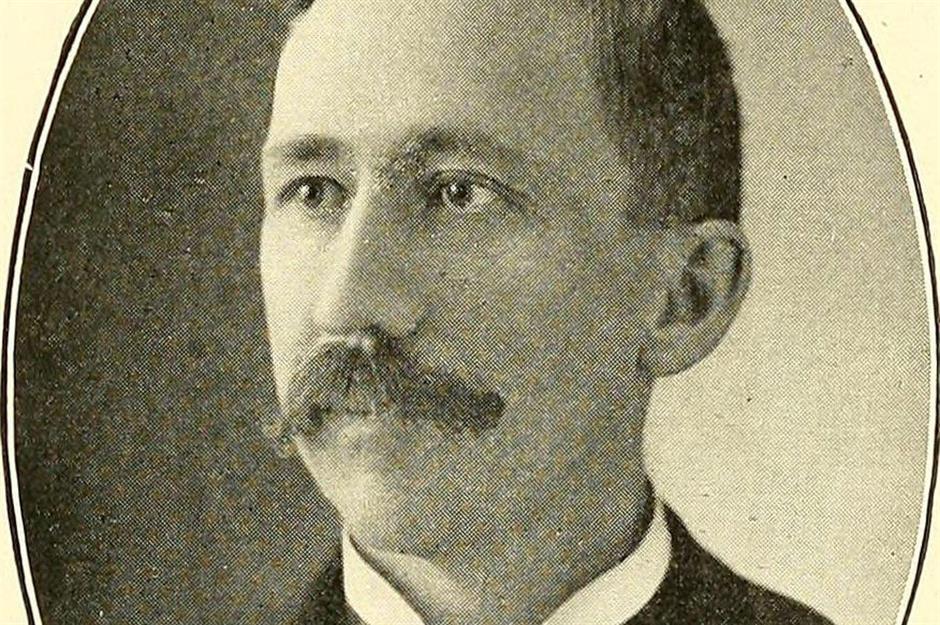
The staid and sober George Franklin Getty was proud of his son's business brilliance and work ethic, but appalled by his former playboy lifestyle and litany of failed marriages – divorce was still very much frowned upon in the 1920s. In fact, George Getty was convinced his womanising son would eventually ruin the family company.
This disappointment was perhaps reflected in the Getty patriarch's will. When he died in 1930, he left J. Paul $500,000. That’s the equivalent of $9 million (£7m) today, but it was only 5% of his estate. J. Paul's mother Sarah inherited the lion’s share, along with a controlling interest in the business.
Depression savvy
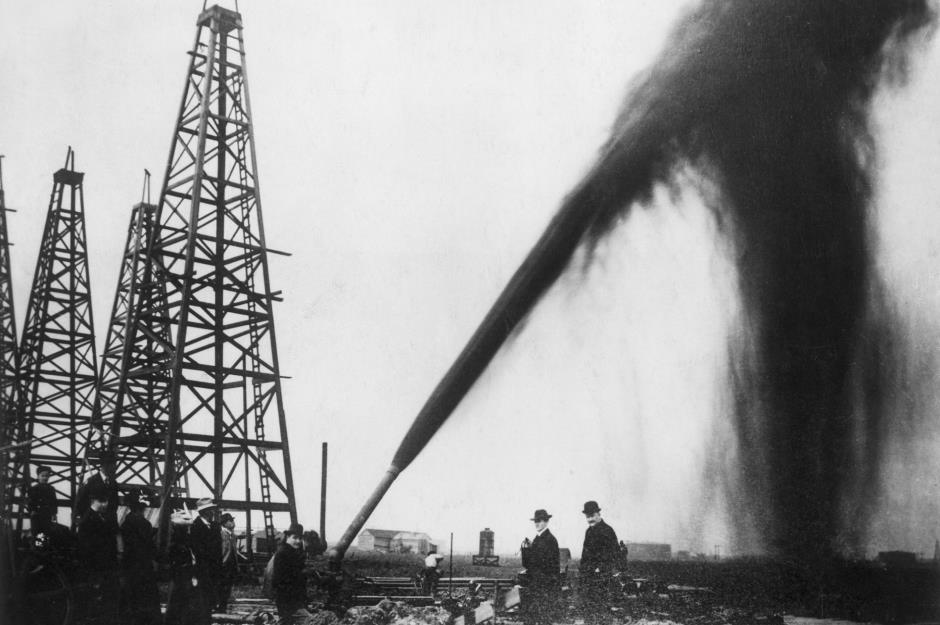
As it happened, J. Paul didn’t need an enormous inheritance anyway. The young tycoon had a knack for making money, even during the darkest days of the Great Depression. Going against expert advice, he bought up oil stocks for next to nothing, which ended up paying off big time.
He snapped up the Pacific Western Oil Corporation and got the ball rolling on his acquisition of the Mission Corporation, the parent company of Skelly Oil and Tidewater Oil, which would go on to form Getty Oil.
Fourth wife
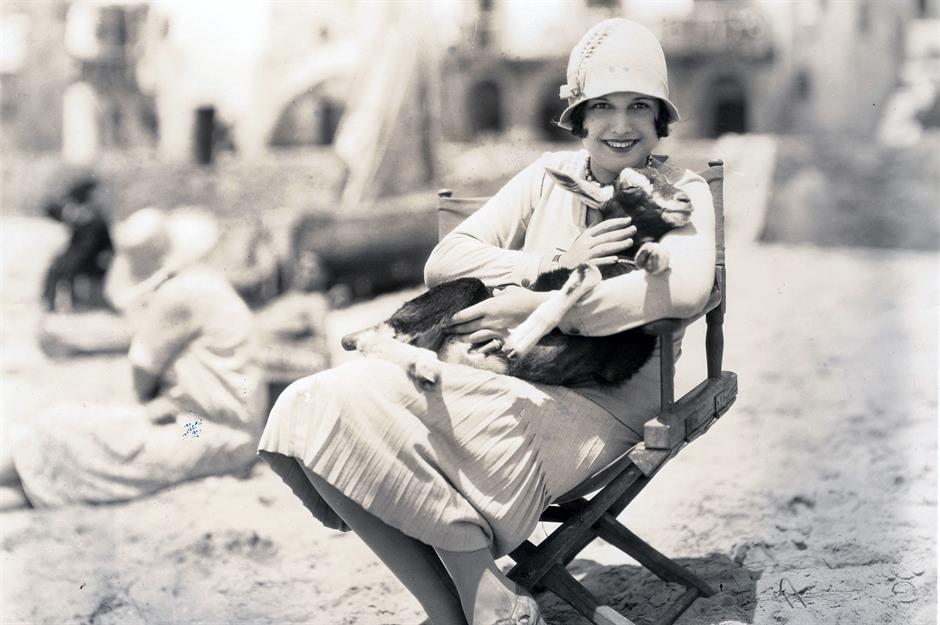
J. Paul and Adolphine Helmle divorced in 1932. He blamed pressure from her parents, who had never approved of the union. The oil baron wasted no time in marrying his fourth wife: silent movie actress Ann Rork (pictured) that same year. They had two children: Eugene Paul – who later changed his name to John Paul Jr. – and Gordon Peter.
This time, the marriage lasted four years. J. Paul said that Ann complained about him being away from home too much, but she also alleged abuse and neglect. The couple split in 1936.
Fifth wife
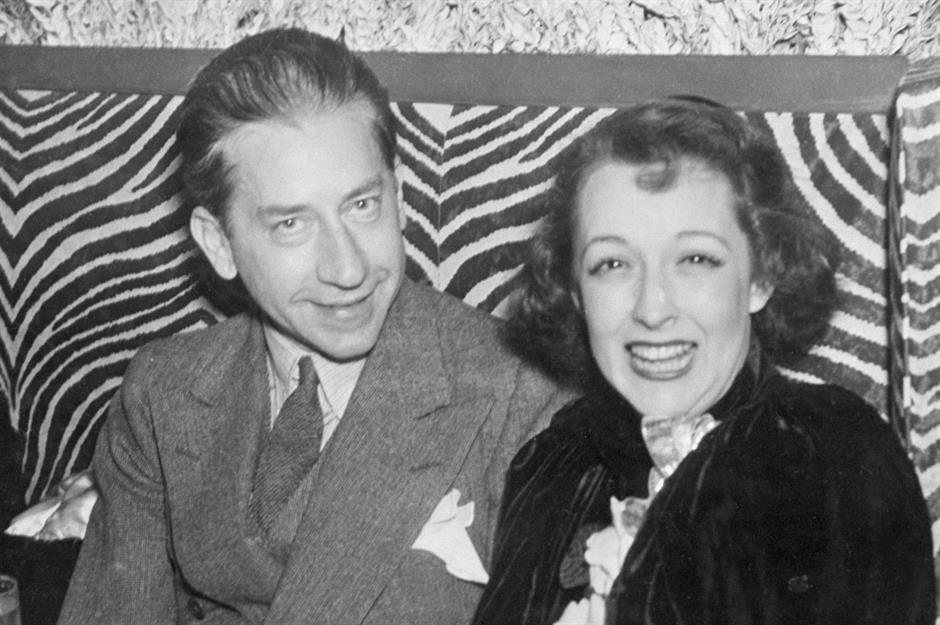
In a ceremony in Rome in 1939, J. Paul married his fifth wife, Louise Dudley Lynch, a nightclub singer known professionally as Teddy Lynch. They’d met at a New York nightclub four years earlier while he was still married to Ann Rork. The couple (pictured together) had a son, Timothy – J. Paul’s fifth and final child.
Teddy wanted to become an opera singer and she asked J. Paul to pay for lessons. He agreed to this – but only on the condition that she paid him a slice of any extra earnings she made as a result. As we’ll see later, this stinginess would become his defining characteristic. And Teddy would also discover that he was capable of being extremely callous…
Wartime and after
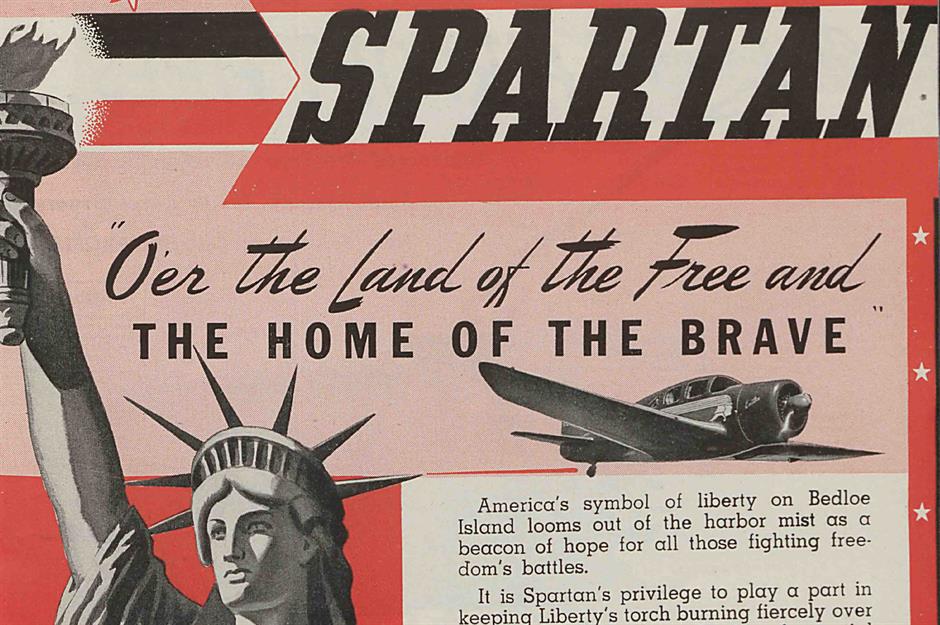
During World War II, J. Paul assisted the Allied war effort by overseeing the production of aircraft parts via his Spartan Aircraft company, a subsidiary of Skelly Oil, and even put himself forward for naval service. In 1942, he incorporated the Getty Oil Company.
When the war ended, he moved to Europe. The tycoon had a fear of flying and travelling in general and opted to live halfway between the oil fields of the US and those of the Middle East. During the late 1940s and 1950s, he lived in hotel rooms, principally in the George V in Paris and the Ritz in London. After leaving New York in 1951, he never again set foot in the United States.
Shrewd investment

In 1949, J. Paul made arguably the shrewdest move of his career with a blockbuster deal. He bought a 60-year lease on a barren tract of land between Saudi Arabia and Kuwait known as the neutral zone, paying King Saud of Saudi Arabia a cool $9.5 million for the land – around $125 million (£99m) in today's money.
Getty also agreed to stump up an additional $1 million a year in royalties for the duration of the lease, plus 2.5 times the going rate per barrel of oil extracted. And the project needed huge investment: he sank some $30 million into oil exploration in his new territory. In modern terms, that would be another $400 million (£316m).
Black Gold
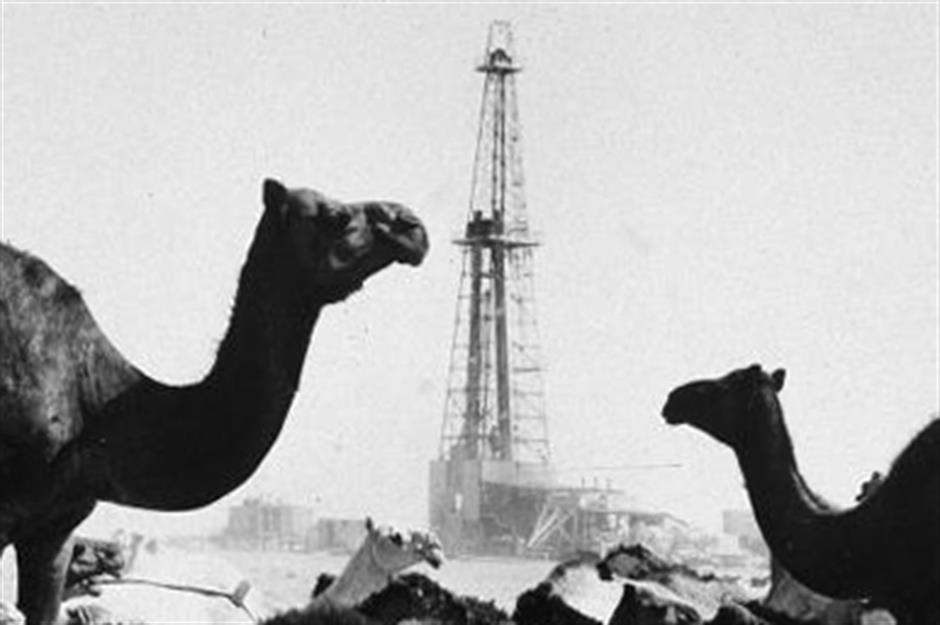
The sums that J. Paul was investing in the neutral zone were much higher than any other company was prepared to offer at a time when US petroleum prices were easing. Some people within the industry were aghast and thought that Getty was making a terrible mistake.
However, the deal paid off in 1953 when he discovered huge reserves of oil. His Middle East interests were soon pumping out 16 million barrels of the black stuff a year.
That same year, J. Paul assumed control of the Mission Corporation and its companies, which included Skelly Oil and Tidewater Oil. By this point, the magnate had also persuaded his mother to let him run the family oil firm.
Tragedy - and yet another divorce
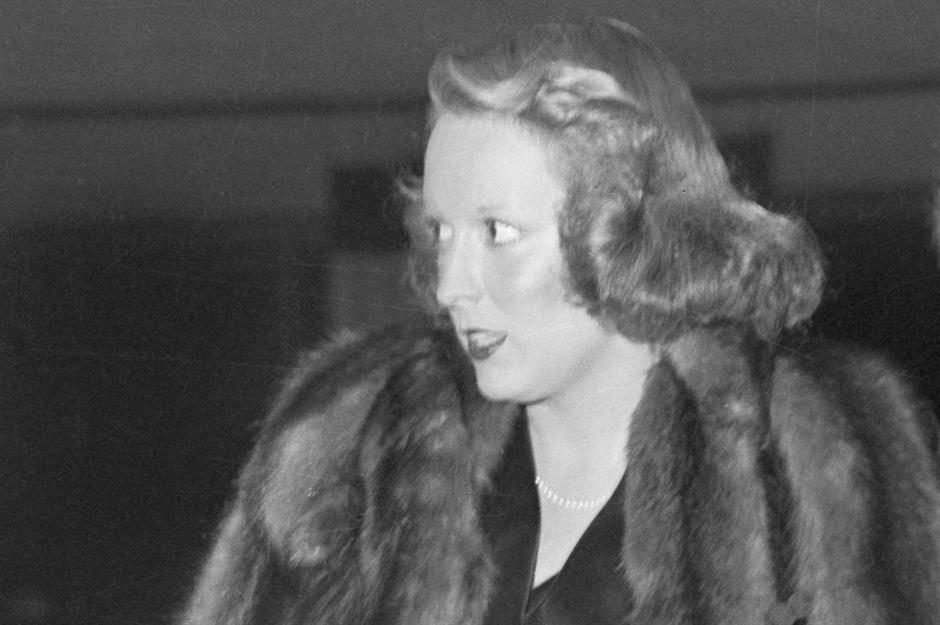
Business was brisk, but J. Paul’s family life remained a mess. His youngest son Timothy idolised him, but if he reciprocated those feelings, he didn’t show it. He’d missed Timothy’s birth, and now he was about to show even greater insensitivity.
In 1952, Timothy developed a brain tumour, yet instead of returning to the United States from Europe to be with him, the tycoon kept his distance. He regularly promised to visit but never did.
Even worse was to come: as it became clear that Timothy would not survive, Getty told his mother, Teddy Lynch, to keep medical bills down by restricting his care to check-ups. When in 1958 Timothy did indeed die, his father failed to attend the funeral, saying he was too busy. The same year, Teddy (pictured) filed for divorce.
In pole position
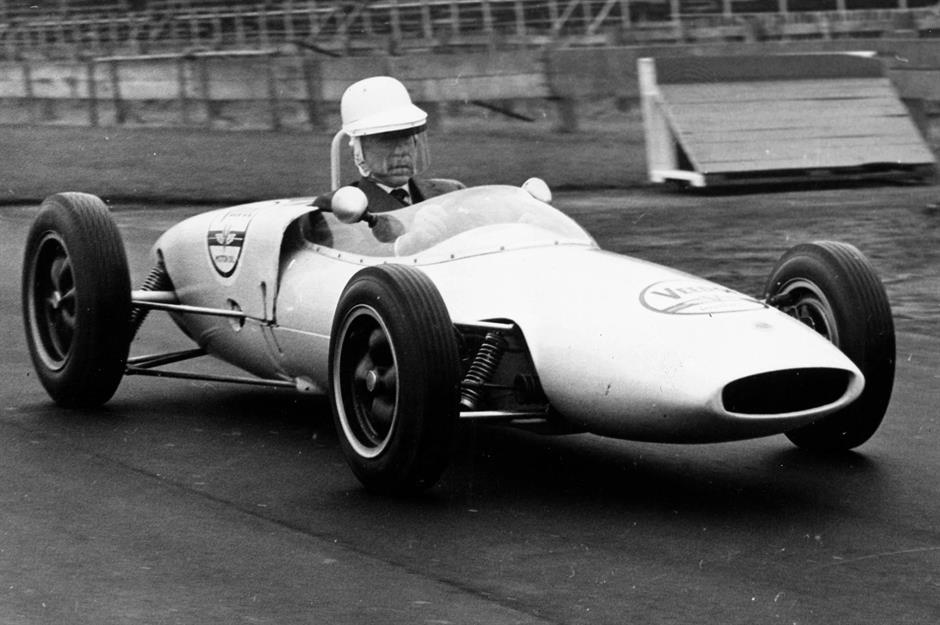
In 1957, Fortune magazine profiled the richest Americans. J. Paul topped the list with an estimated net worth of $1 billion, the equivalent of over $11 billion (£9bn) in today's money. His wealth now eclipsed that of much more well-established American dynasties like the Rockefellers, Mellons and Astors.
The oil baron went on to describe himself as an overnight financial freak. He’d achieved celebrity status, but he was a paradoxical character and his attitude to fame was the same. On the one hand, he courted publicity and basked in the adulation. On the other, he scorned his celebrity status and bemoaned its downsides…
Unhappy billionaire
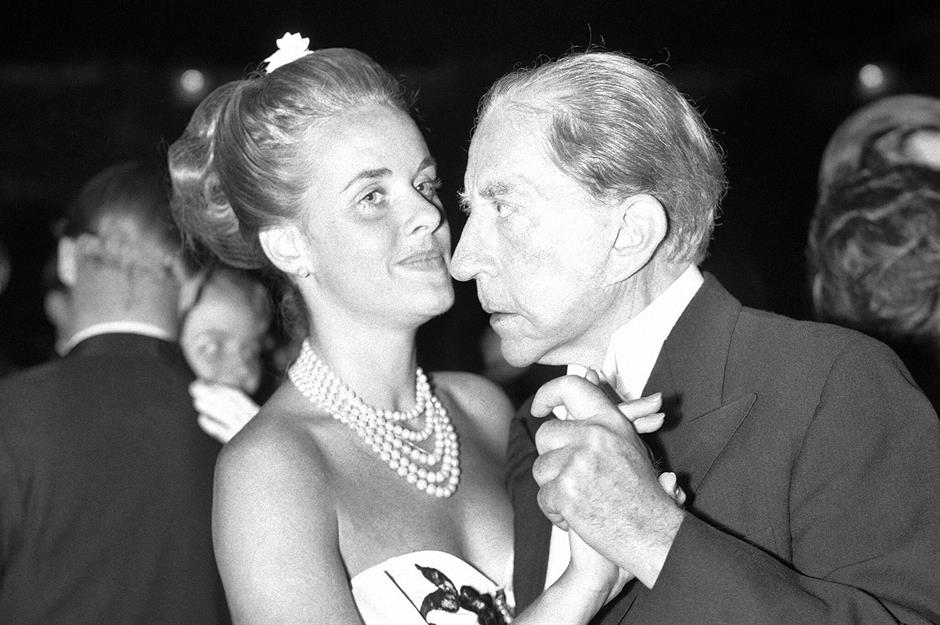
He might have been super-rich but with his melancholic demeanour and hangdog looks, J. Paul seemed to carry the burdens of the world on his shoulders. An ex-employee once said he always looked like he was attending his own funeral, such was his apparent misery.
He moaned incessantly about the hardships of being a billionaire, from the begging letters he received to the fact he never knew if friends were genuine or simply after his money. He lived an increasingly solitary life and focused hard on running his businesses. Although he continued to carouse with women into his old age, he never again married.
UK base
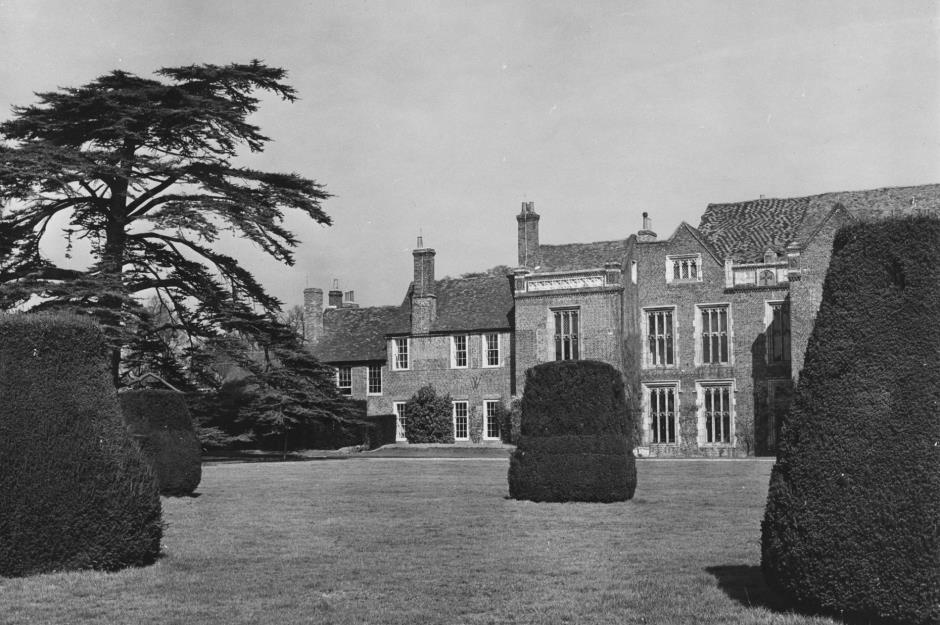
In 1959, J. Paul bought Sutton Place, a 16th-century Tudor country house in southern England for $840,000. That's the equivalent of $9 million (£7m) in today's money. He installed elaborate security with barred windows, floodlights and ferocious guard dogs.
Famously, the frugal oilman also installed a coin-operated telephone in the mansion to prevent his guests from racking up the bills. He said it saved them the embarrassment of having to ask to make calls.
As well as his country house in England, J. Paul owned a number of stunning properties, including a villa in Malibu, California, a 15th-century palace near Rome and a mansion in Kuwait.
Scrooge-like behaviour
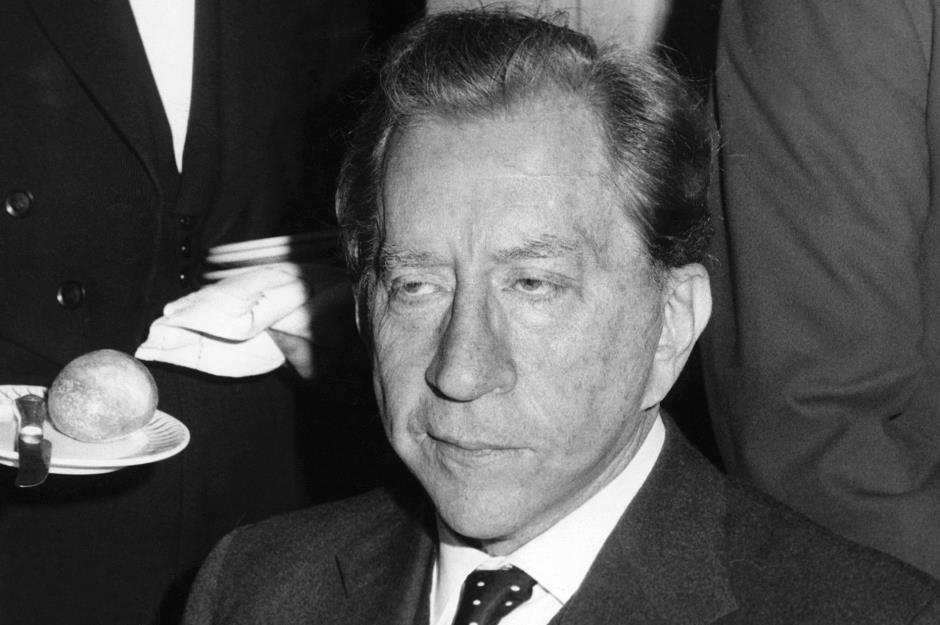
J. Paul enjoyed boasting about his stinginess. He often wore crumpled suits and worn-out sweaters and carried only a few pounds in cash. He washed his own socks and underwear and once reportedly forced a group of friends to wait before gaining admittance to the renowned dog show, Crufts, so he could qualify for cheaper tickets. He was known for visiting restaurants only after the orchestra had finished playing and when the cover charge was not applied.
All this despite the fact he was in full control of around 200 companies by the late 1960s, and his fortune had risen to some $3 billion (around $27bn/£21bn in today's money).
Troubled times
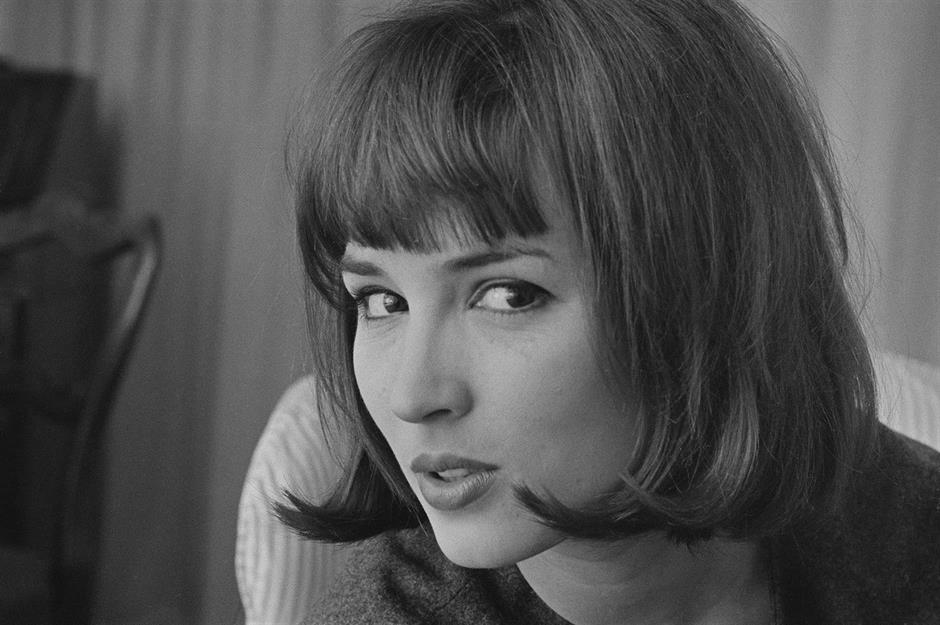
The loss of his youngest son Timothy in 1958 was the first of several tragedies to befall J. Paul and his extended family. In the 1960s, his third child, John Paul Jr. and his second wife, Talitha (pictured) delved into the era’s drug culture while living in Rome and became heroin addicts. John Paul Jr. rejected his father’s order to stop using and he subsequently left the family business.
Later, Talitha ended her habit and the couple separated. But in 1971, after she returned to Italy to press for a divorce, she was found dead. She had alcohol and barbiturates in her system, and some people speculated that she had relapsed and taken heroin again. The Getty family dysfunction was taking a darker turn. And it would only get worse…
Death of the first-born
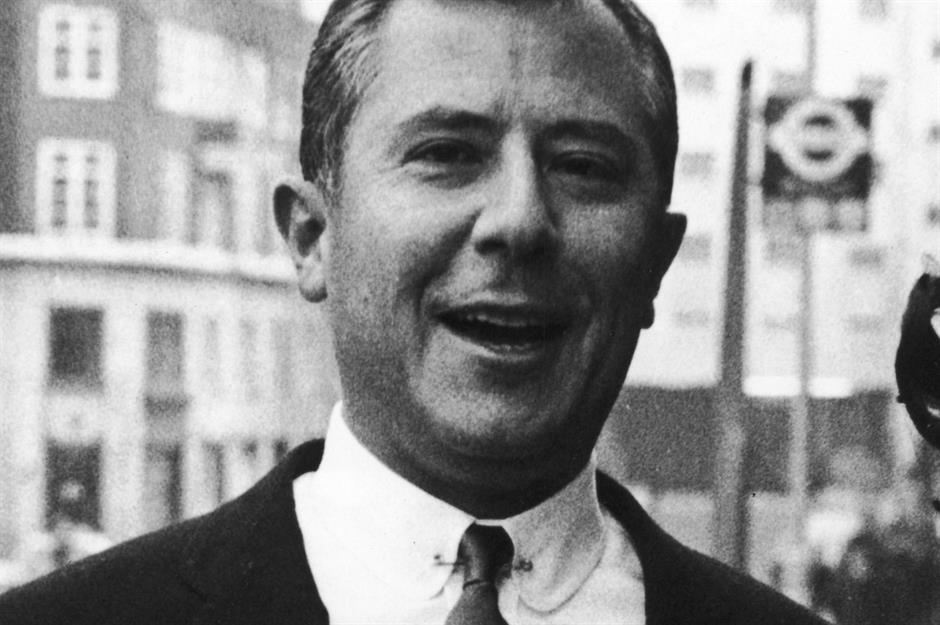
J. Paul’s eldest son, George Franklin II, worked with him on the Saudi oil deal even though he lived in California, 6,000 miles from Sutton Place in England. The distance between father and son was also emotional: George complained that J. Paul was cold and disapproving of him, writing highly critical letters and never praising his efforts. He even addressed his father as “Mr Getty”.
George fell into a deep depression, and in 1973, after shooting a gun into the air to get his wife’s attention, he locked himself into the bedroom at their Bel-Air mansion. Then, he tried to stab himself with a kitchen knife before falling into a coma. He died the next day at a Los Angeles hospital and was found to have ingested a lethal dose of prescription pills.
Grandson's abduction
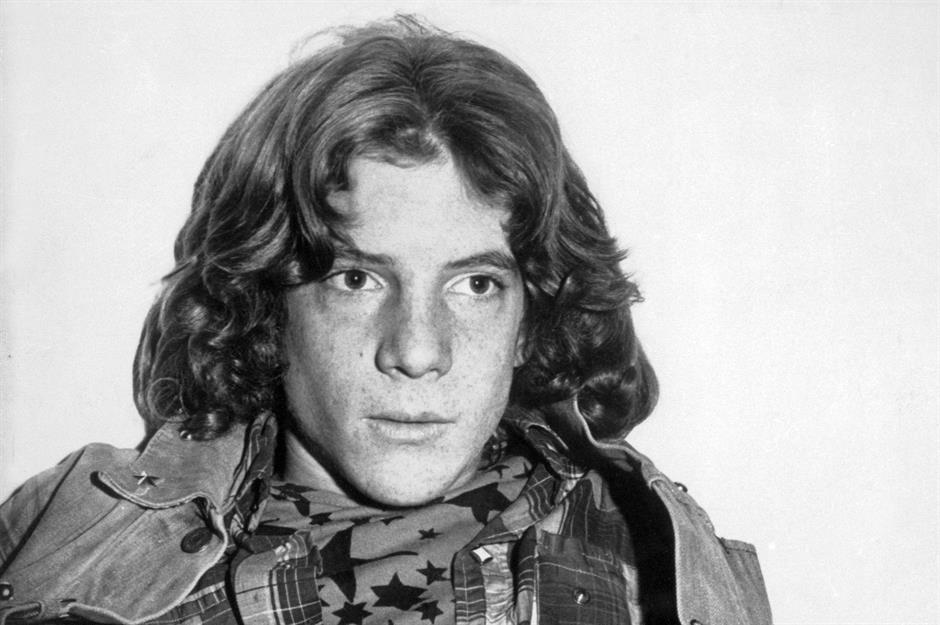
Just months after George died came the most notorious incident in Getty family history.
The oil baron’s grandson, John Paul Getty III (pictured), had become embroiled in Rome’s Bohemian counterculture just like his father John Paul Jr. had. The media nicknamed him ‘The Golden Hippie’.
When his mother received a phone call in the summer of 1973 saying that he had been kidnapped, she assumed her son himself was behind it, trying to squeeze money out of her to fund his hedonistic lifestyle. Sadly, this wasn't the case: a group of ruthless gangsters had snatched him and were demanding a ransom of $17 million, the equivalent of $120 million (£95m) in today's money, for his safe release.
Refusal to pay
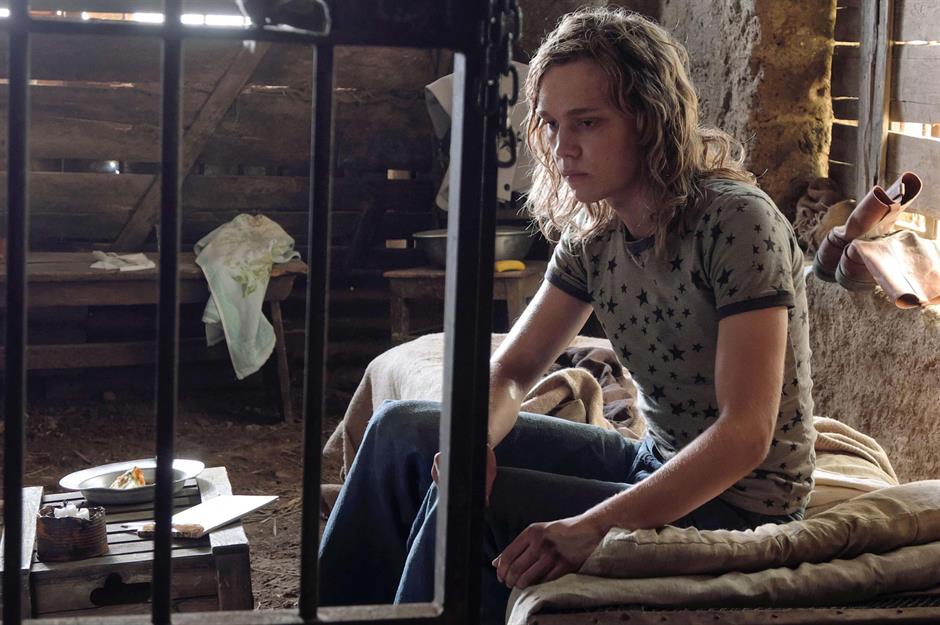
J. Paul's response to his grandson’s plight was characteristic of his miserly nature, though still shocking: he declared that he had 14 grandchildren and that if he paid a single penny toward liberating John Paul from his captors, he’d soon have 14 kidnapped grandchildren. The ransom was the equivalent of just one day's output from J. Paul's oil fields, but he refused to budge.
The saga was later recounted in a film by Ridley Scott called All the Money in the World (pictured). The kidnappers, a Calabrian mafia group, moved John Paul III from hiding place to hiding place while the ransom negotiations went nowhere. Then, they made a brutal and chilling attempt to force an agreement…
Gruesome delivery
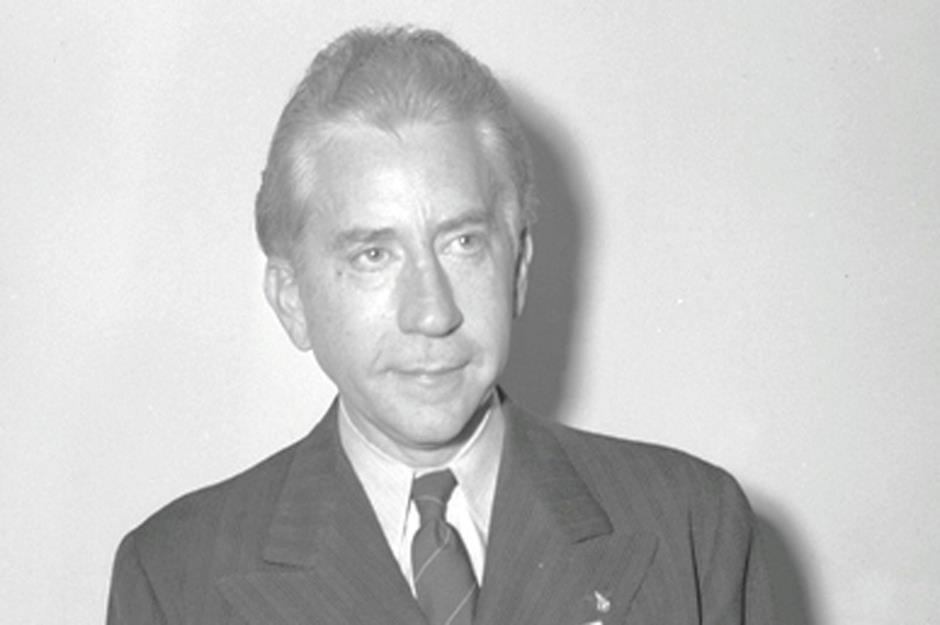
By now it was November 1973, and John Paul III had suffered five months in captivity. His suffering was about to get much worse. The kidnappers, running out of patience, cut off his ear and sent it, along with a lock of his hair, to the Roman newspaper Il Messagero. The world was appalled at this turn of events, and even J. Paul softened his stance – a little.
He now agreed to pay part of a reduced ransom of $2.9 million ($21 million or £17 million in today's money). As for the rest of what the kidnappers were demanding, he made his son John Paul Getty Jr. borrow it from the family trust – to be repaid with interest.
Release
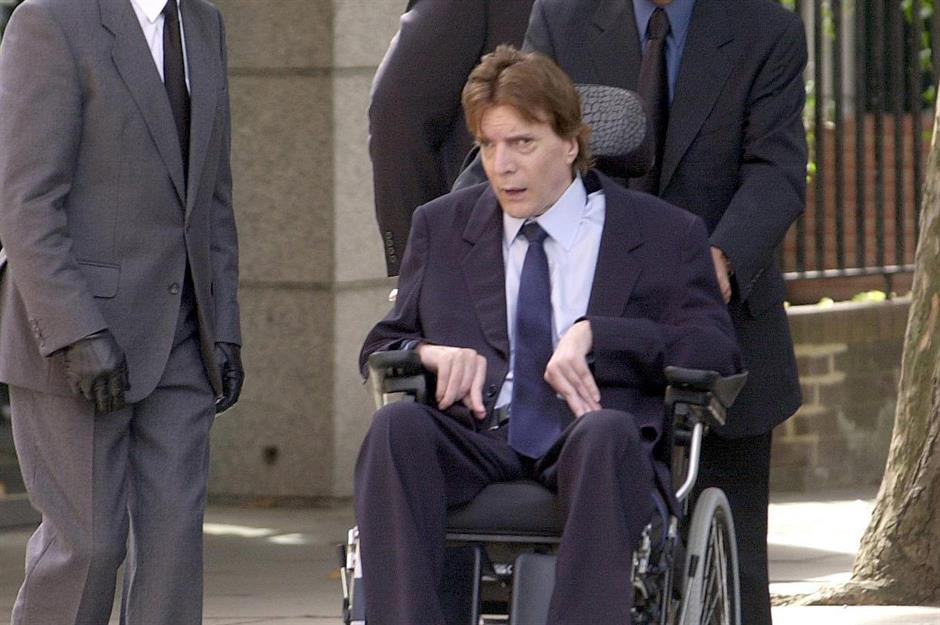
John Paul Getty III’s kidnap ended in December 1973, but his ordeal never really ended. He was never the same again, suffering severe psychological trauma for the rest of his life. He took to heavy partying and drug abuse in New York. Then, in 1981, he accidentally overdosed and suffered a stroke.
For the rest of his life, John Paul III was paralysed, partially blind and had a severe speech impediment. Confined to a wheelchair for the next three decades, he died in 2011 at the age of 54.
Art
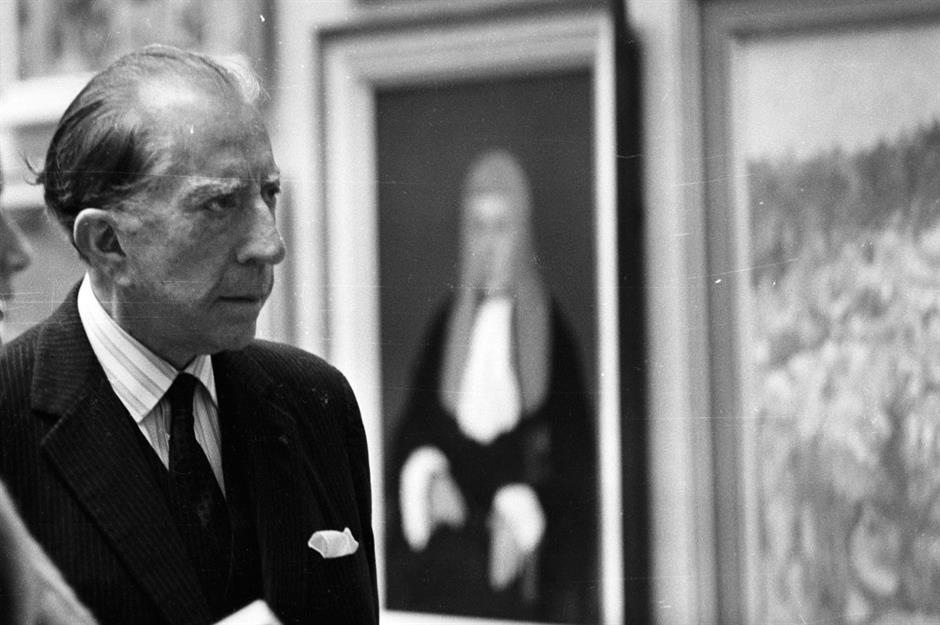
J. Paul may have been the meanest billionaire of all time, but when it came to acquiring fine art, he was anything but penny-pinching. Beginning in the 1930s, he amassed an enviable collection featuring works by Rembrandt, Tintoretto, Monet and more. Most of these are now housed in the Getty Museum in California.
Mind you, his spending on the Old Masters was not frivolous. In a 1963 documentary about Getty, the BBC’s Alan Whicker noted that many of his acquisitions had appreciated significantly. One Rembrandt was already worth double what Getty had paid for it, while Rubens’ Diana and Her Nymphs was worth three times his investment. “He has the habit of making the right decisions,” said Whicker. “He always wins”.
Death and legacy
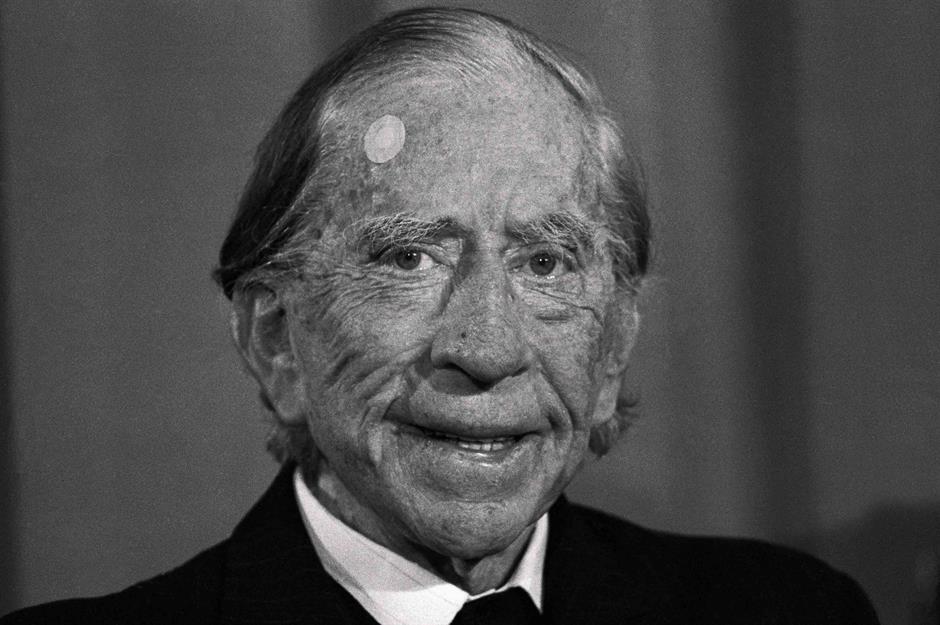
Not even the wealthiest and most powerful men can live forever. For J. Paul Getty, death came at the age of 83. He passed away at Sutton Place, his mansion in the English countryside, on 6 June 1976. The cause of his death was heart failure.
He left behind a fortune of some $4 billion, which would be $22 billion (£18bn) in today's money. Most of this was channelled into the J. Paul Getty Trust, which is now the world's wealthiest art institution. A number of other bequests, including some to women he'd continued to associate with, were surprisingly and perhaps even insultingly modest.
Tragedy continues to haunt the family
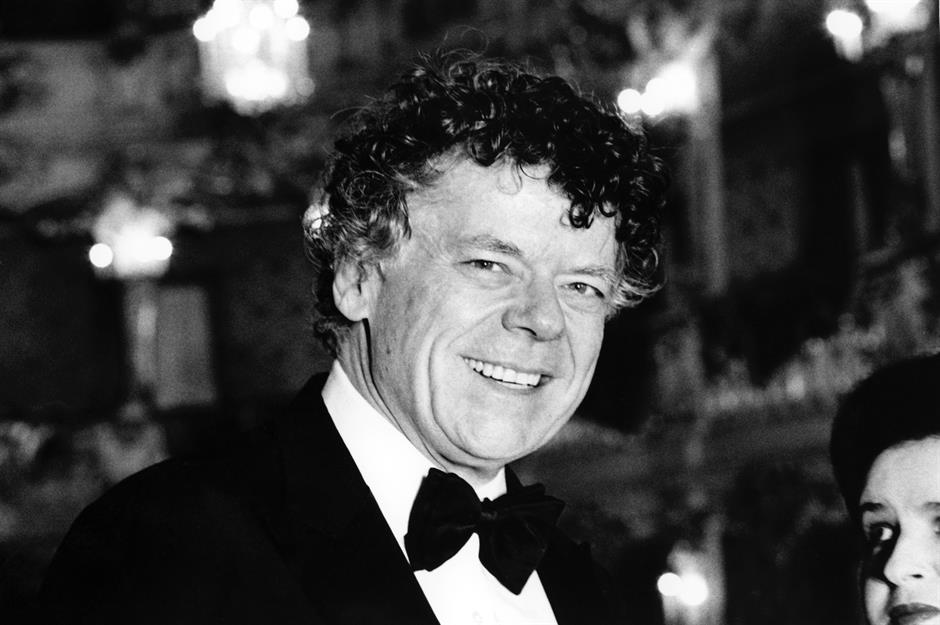
Sadly, tragedy seemed to go on haunting this famous family. On 20 November 2020, J. Paul Getty's grandson, John Gilbert Getty, was found dead in a hotel room in Texas aged 52. The news came just two months after his mother, Ann, died of a heart attack aged 79.
Musician John Gilbert was the second son of Gordon Getty (pictured). Gordon’s eldest child, Andrew, also died young, succumbing to an intestinal ulcer at the age of 47 in 2015, although he was also found to have toxic levels of methamphetamine in his body at the time.
The Getty family today: Gordon Getty
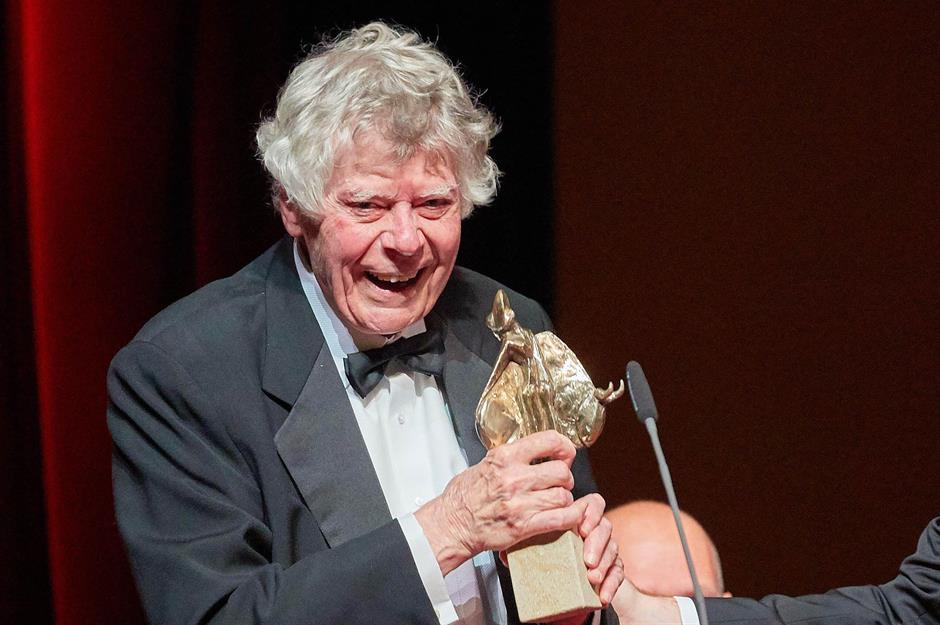
Investor, philanthropist and acclaimed composer Gordon Getty is the richest living family member today. He sold Getty Oil to Texaco for $10.1 billion in 1984 ($31bn/£25bn today). The sale was contentious and resulted in prolonged litigation from some other family members. Gordon is currently worth $2.1 billion (£1.7bn), according to Forbes.
He’s also had a somewhat colourful life. In 1999, he admitted to having fathered a secret second family in Los Angeles. The news emerged after his lover Cynthia Beck went to court to try and change her three daughters’ names to Getty and stake a claim on some of the family's billions. Gordon’s wife Ann and his four sons stood by him.
The Getty family today: Mark Getty
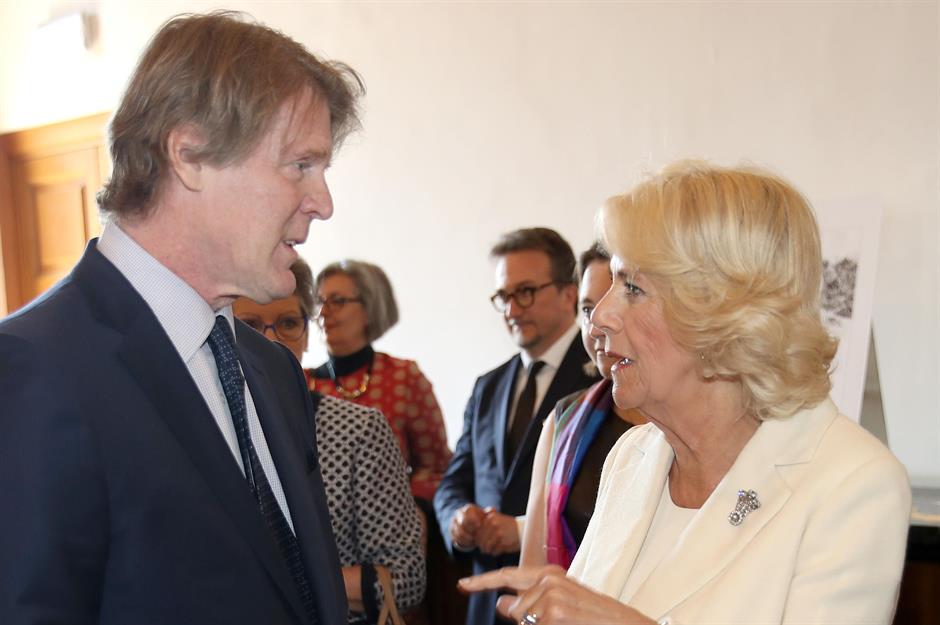
J. Paul Getty’s grandson, Mark Getty, has an estimated net worth today of $500 million (£392m). In 1995 he co-founded the picture library Getty Images with South African businessman Jonathan Klein. Getty Images has since become a world leader in supplying photographs and other imagery for news, media and advertising.
Mark has also acted as a trustee of Britain’s National Gallery and was its Chairman from 2008-2015. He was awarded a KBE in 2016 in recognition of his services to the arts. In 2017, he became Chairman of trustees of the British School in Rome, where he lives. Forbes has said that Mark has broken free of the dysfunction in his family.
The Getty family today: Balthazar Getty

Actor and musician Balthazar Getty (pictured) is the son of kidnap victim John Paul Getty III and the great-grandson of J. Paul Getty. He’s said to have a fortune of some $200 million (£158m). He made headlines in 2008 by having an affair with the English actress Sienna Miller. However, he later reconciled with his wife, the fashion designer Rosetta Millington.
The current Getty generation is very well-off, yet they appear to inhabit lives that most of us would find easier to recognise than that of J. Paul and his contemporaries. The family dropped off Forbes’ list of America’s richest around a decade ago. Given the heartache and tragedy that visited their hugely wealthier ancestor, perhaps they’re happier that way.
Now discover the world's richest person in every decade
Comments
Be the first to comment
Do you want to comment on this article? You need to be signed in for this feature